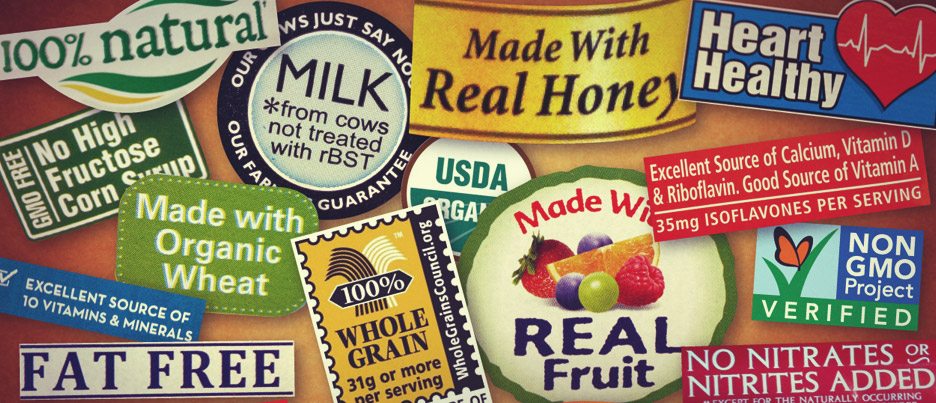You Shouldn’t Need an App to Read Your Health Food Label

Every year consumers are inundated with foods promising to help them lose weight, fit into their favorite pair of skinny jeans and make them feel like a million bucks. This is understandable — considering the obesity statistics from a recent Nielsen global health and wellness study concluded that the percentage of overweight adults has increased 30% in the last 30 years, and the percentage of overweight children a mind-boggling 47%!
As awareness of the obesity epidemic grows, so does consumer interest in changing eating habits and making health and wellness more of a priority. In fact, 75% of people believe in the old axiom that “you are what you eat.” Accordingly, food manufacturers and retailers are modifying packaging to make their products look healthier and “good-for-you” – even those that are nutritionally sub-par.
In many cases, this strategy dictates a shift in messaging, moving away from direct benefit messages like “Buy Me and You’ll be Sexy” or “This Drink Gives You Six Pack Abs” and toward emotional storytelling. Think of campaigns that tug at your heart strings, subtly suggesting you pick up that box of processed food with the warm and glowing package, made by the trusty-voiced farmer who works tirelessly to bring you the best ingredients available. Unfortunately, those 30-second tearjerkers fail to mention the level of chemicals or genetically modified ingredients these products contain. Those details are camouflaged in microscopic ingredient labels, which are both confusing and inconsistent. Significantly, only six in 10 shoppers agree that they “mostly” understand nutritional information on food packaging.
Let’s face it — reading labels is HARD. So much so that there are now a plethora of smartphone apps to help consumers decipher them. Thankfully, the Food & Drug Administration has a handy guide to help you navigate nutrition fact labels. So does the American Heart Association.
What’s the point of all of this? For starters, we’d suggest that any health food product whose label requires an app to understand might not be all that healthy. Recently, we’ve been fortunate to begin and grow our relationship with Angelic Bakehouse, whose labels require no translation. One of the nation’s leading providers in the sprouted grain bread category, their products are preservative-free, GMO-free, and free of all of the other artificial garbage you’ll typically find listed in one-point type. Our assignment includes telling their story to a wide variety of audiences, and in varying capacities. In each niche, however, Angelic’s “Good and Good” story is essentially the same – it’s not only good for you, it also tastes good (which is not necessarily a given in the health food world.) This story is as simple, straightforward and easily understandable as the ingredients on the Angelic labels. Best of all, the moral of Angelic’s story — as with all great stories – is easy to digest. We wish more were like that.

